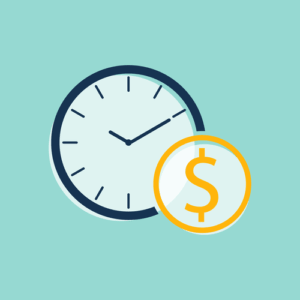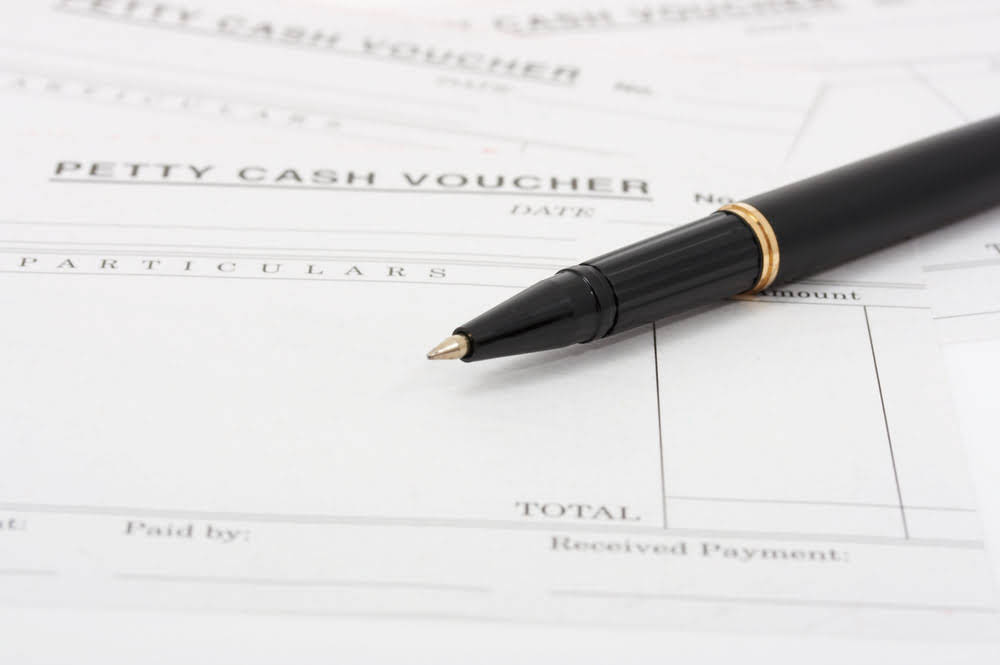
To determine how to calculate payback period in practice, you simply divide the initial cash outlay of a project by the amount of net cash inflow that the project generates each year. For the purposes of calculating the payback period formula, you can assume that the net cash inflow is the same each year. Calculating the payback period is also useful in financial forecasting, where you can use the net cash flow formula to determine how quickly you can recoup your initial investment. Whether you’re using accounting software in your business or are using a manual accounting system, you can easily calculate your payback period. It is a rate that is applied to future payments in order to compute the present value or subsequent value of said future payments. For example, an investor may determine the net present value (NPV) of investing in something by discounting the cash flows they expect to receive in the future using an appropriate discount rate.
- Others like to use it as an additional point of reference in a capital budgeting decision framework.
- You can use the payback period in your own life when making large purchase decisions and consider their opportunity cost.
- Shaun Conrad is a Certified Public Accountant and CPA exam expert with a passion for teaching.
- In other words, it’s the amount of time it takes an investment to earn enough money to pay for itself or breakeven.
- The answer is found by dividing $200,000 by $100,000, which is two years.
- On the other hand, negative cash flow such as the payment for expenses, rent, and taxes indicate a decrease in liquid assets.
Step 1: Prepare Dataset to Calculate Payback Period
For the past 52 years, Harold Averkamp (CPA, MBA) hasworked as an accounting supervisor, manager, consultant, university instructor, and innovator in teaching accounting online. For the past 52 years, Harold Averkamp (CPA, MBA) has worked as https://www.bookstime.com/ an accounting supervisor, manager, consultant, university instructor, and innovator in teaching accounting online. ✝ To check the rates and terms you may qualify for, SoFi conducts a soft credit pull that will not affect your credit score.
Steps to Calculate Payback Period in Excel
For example, imagine a company invests £200,000 in new manufacturing equipment which results in a positive cash flow of £50,000 per year. The payback period is the expected number of years it will take for a company to recoup the cash it invested in a project. The table is structured the same as the previous example, however, the cash flows are discounted to account for the time value of money.
Create a free account to unlock this Template
- Payback focuses on cash flows and looks at the cumulative cash flow of the investment up to the point at which the original investment has been recouped from the investment cash flows.
- As an alternative to looking at how quickly an investment is paid back, and given the drawback outline above, it may be better for firms to look at the internal rate of return (IRR) when comparing projects.
- Unlike other methods of capital budgeting, the payback period ignores the time value of money (TVM).
- There are a variety of ways to calculate a return on investment (ROI) — net present value, internal rate of return, breakeven — but the simplest is payback period.
- However, based solely on the payback period, the firm would select the first project over this alternative.
- As a result, payback period is best used in conjunction with other metrics.
- Companies also use the payback period to select between different investment opportunities or to help them understand the risk-reward ratio of a given investment.
Thus, at $250 a week, the buffer will have generated enough income (cash savings) to pay for itself in 40 weeks. Management uses the payback period calculation to decide what investments or projects to pursue. Many managers and investors thus prefer to use NPV as a tool for making investment decisions. The NPV is the difference between the present value of cash coming in and the current value of cash going out over a period of time. The payback period is the amount of time it takes to recover the cost of an investment. Simply put, it is the length of time an investment reaches a breakeven point.
Understanding the Payback Period and How to Calculate It
Often an investment that requires a large amount of capital upfront generates steady or increasing returns over time, although there is also some risk that the returns won’t turn out as hoped or predicted. The payback period can help investors decide between different investments that may have a lot of similarities, as they’ll often want to choose the one that will pay back in the shortest amount of time. The other project would have a payback period of 4.25 years but would generate higher returns on investment than the first project. However, based solely on the payback period, the firm would select the first project over this alternative. The implications of this are that firms may choose investments with shorter payback periods at the expense of profitability. Given its nature, the payback period is often used as an initial analysis that can be understood without much technical knowledge.
Conceptually, the payback period is the amount of time between the date of the initial investment (i.e., project cost) and the date when the break-even point has been reached. The answer is found by dividing $200,000 by $100,000, which is two years. The second project will take less time to pay back, and the company’s earnings potential is greater. Based solely on the payback period method, the second project is a better investment if the company wants to prioritize recapturing its capital investment as quickly as possible. You can use the payback period in your own life when making large purchase decisions and consider their opportunity cost.
Discounted Cash Flow
- In essence, the payback period is used very similarly to a Breakeven Analysis, but instead of the number of units to cover fixed costs, it considers the amount of time required to return an investment.
- According to payback period analysis, the purchase of machine X is desirable because its payback period is 2.5 years which is shorter than the maximum payback period of the company.
- On the other hand, Jim could purchase the sand blaster and save $100 a week from without having to outsource his sand blasting.
- Calculating the payback period for the potential investment is essential.
- Financial analysts will perform financial modeling and IRR analysis to compare the attractiveness of different projects.
It is easy to calculate and is often referred to as the “back of the envelope” calculation. Also, it is a simple measure of risk, as it shows how quickly money can be returned from an investment. However, there are additional considerations that should be taken into account when performing the capital budgeting process. Acting as a simple risk analysis, the payback period formula is easy to understand. It gives a quick overview of how quickly you can expect to recover your initial investment. The payback period also facilitates side-by-side analysis of two competing projects.


Prior to calculating the payback period of a particular investment, one might consider what their maximum payback period would be to move forward with the investment. This will help give them some parameters to work with when making investment decisions. If the calculated payback period is less than the desired period, this may be a safer investment. In essence, the payback period is used very similarly to a Breakeven Analysis, but instead of the number of units to cover fixed costs, it considers the amount of time required to return an investment. It’s important to note that not all investments will create the same amount of increased cash flow each year. For instance, if an asset is purchased mid-year, during the first year, your cash flow would be half of what it would be in subsequent years.
- However, during Year 4 the cumulative cash flow reaches the payback point at which the original investment has been recouped.
- For example, a firm may decide to invest in an asset with an initial cost of $1 million.
- This means the amount of time it would take to recoup your initial investment would be more than six years.
- The first column (Cash Flows) tracks the cash flows of each year – for instance, Year 0 reflects the $10mm outlay whereas the others account for the $4mm inflow of cash flows.
- Conceptually, the payback period is the amount of time between the date of the initial investment (i.e., project cost) and the date when the break-even point has been reached.

Others like to use it as an additional point of reference in a capital budgeting decision framework. If earnings will continue to increase, a longer payback period might be acceptable. If earnings might decrease after a certain number of years, the investment may not be a good idea even if simple payback period formula it breaks even quickly. On the other hand, an investment with a short lifespan could need replacement shortly after its payback period, making it a potentially poor investment. • The payback period is the estimated amount of time it will take to recoup an investment or to break even.
